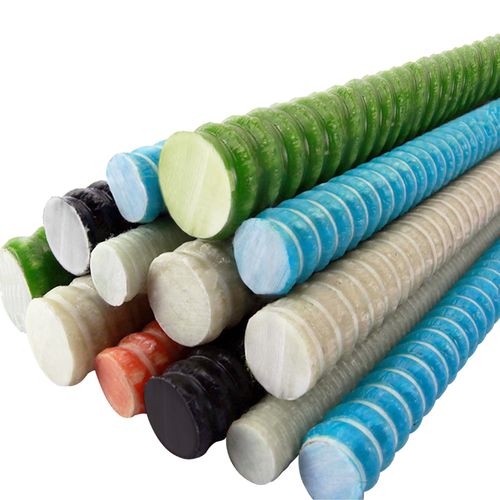- March 29, 2024
- Posted by: wellcoindustries
- Category: Other
The cost of rebar, which is essential for reinforcing concrete in construction projects, varies depending on the type of material used and the size needed. For steel rebar, prices can range from $0.40 to $1.25 per linear foot for basic untreated steel, and up to $9.00 per linear foot for stainless steel rebar. Galvanized rebar, which has a zinc-coated surface to resist corrosion, ranges from $1.20 to $1.60 per linear foot. In contrast, fiberglass rebar, known for its lighter weight and corrosion resistance, can cost between $0.65 and $2.50 per linear foot .

For typical residential construction projects, the total cost can vary widely depending on the project size and the type of rebar used. For instance, a 10′ x 10′ patio might require 120 to 150 linear feet of rebar, with material costs ranging from $50 to $200. Larger projects like a 30′ x 60′ foundation could need 2,350 to 2,550 linear feet of rebar, with costs ranging from $1,650 to $5,700 .
Regarding fiberglass vs. steel rebar, the choice between the two materials depends on several factors including budget, project requirements, and environmental conditions. Steel rebar is known for its high tensile strength and is typically used in heavy-duty construction where structural integrity is paramount. However, it is prone to corrosion, especially in humid or coastal areas, which can lead to higher maintenance costs. On the other hand, fiberglass rebar offers similar tensile strength to steel but with superior corrosion resistance, making it ideal for use in corrosive environments like those exposed to saltwater. Fiberglass rebar is also lighter than steel, which can reduce transportation and labor costs, although it is generally more expensive upfront.
When considering the overall cost, it’s important to account for both the initial material cost and the long-term maintenance or replacement costs. While steel may be cheaper initially, the potential for corrosion and the need for protective coatings can increase the lifetime cost. Conversely, the higher upfront cost of fiberglass rebar could be offset by lower maintenance needs and longer service life, especially in corrosive environments.
In summary, the decision between using steel or fiberglass rebar should be based on an evaluation of the project’s specific needs, environmental exposure, and budget constraints. Each material has its benefits and drawbacks, making it crucial to consider both immediate and future implications on project cost and durability.
